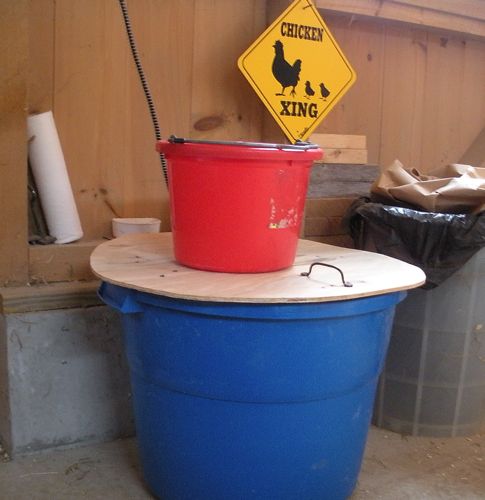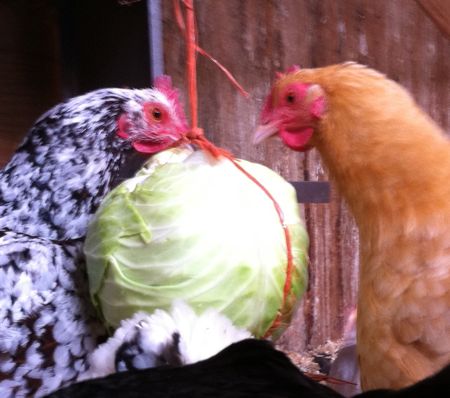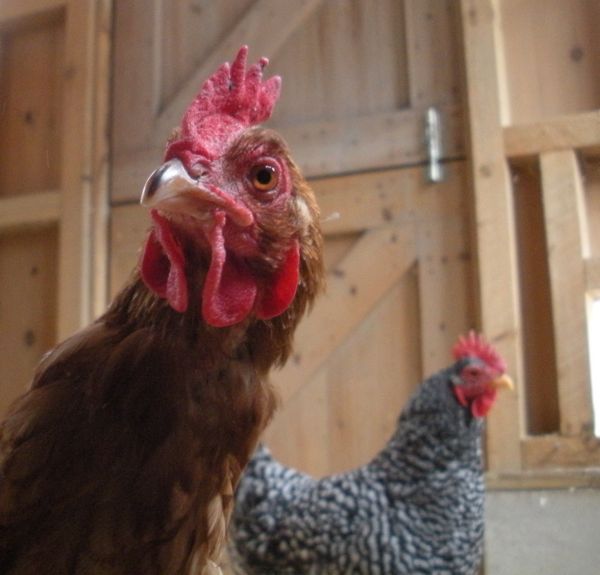1916 was a very good year for American farmers. Crops were abundant. The growing population in the cities clamored for more food, and improved transportation systems got it there faster and fresher. Even so, eggs remained a seasonal product, and they came from small flocks kept on pasture. Soon, that would change. Cold storage units were being built, so that summer eggs could be sold in the winter. Confinement systems were on the horizon, so that eggs would come from factories, not farms. But, in 1916, a farmer could keep a few hundred hens as part of a diversified farm, and make a good living.
In NYC, a dozen eggs sold for 31¢. That’s $6.22 in today’s dollars. Eggs were valued and not yet a cheap commodity. Of course, the farmer didn’t see the full 31¢. It would have taken as many as 5 middlemen to get that egg to market. Still, the farmer would have received 20¢ – about $4.00 today. $4.00 isn’t bad – it’s about what those of us who keep backyard hens sell our eggs for, and, as my numbers in my previous post showed, it’s enough to cover feed costs and then some.
But, why is it that the “organic” eggs being produced today and sold by huge corporations are getting the same price that I am, and the same that a small farmer in 1916 did? Don’t these huge modern concerns have economies of scale? Haven’t they crowded their hens into buildings that hold tens of thousands of birds? There’s a reason why the company that was cited for the salmonella outbreak this winter also produces “cage-free” eggs. It’s not because they care about their hens’ welfare. No, it’s because there’s money in it. The profit margin for “organic” is much larger than that for the usual carton of supermarket eggs. It infuriates me that these businesses claim “happy hens” and “farm fresh” on their packages, and illustrate the cartons with pictures of hens on grass. It goes beyond false advertising. It undercuts the small farmer, and makes it that much more difficult for the true farmer to explain the value of their product to the consumer.
The USDA cares nothing about these issues. The egg grading system (you know, “USDA Grade A Eggs”) was begun as a marketing tool for egg producers. It guaranteed the freshness of eggs traveling distances and coming out of cold storage. Plant inspectors look at the eggs, not the farms or the feed the hens eat. That’s still how it functions today. The term “organic” is regulated, but if you think an organic farm is anything like your backyard, or even like a 1916 farm, think again. It’s basically “cage-free” with better food.
I’ll be ranting about this more in the future. We’re working on an app that will help people find out exactly where the eggs they’re buying come from. And how fresh they are. It’s not an easy project. There’s a lot of research to be done and software code to write. There’s no master list of egg farms out there. There’s no accountability. We’ll be changing that as best we can. Hopefully, I’ll have something to announce by springtime.
(What I know about 1916 comes from several sources. One is “Poultry Breeding and Management” by James Dryden, a professor of Poultry Husbandry at the the Oregon Agricultural College. Published in 1918.)




